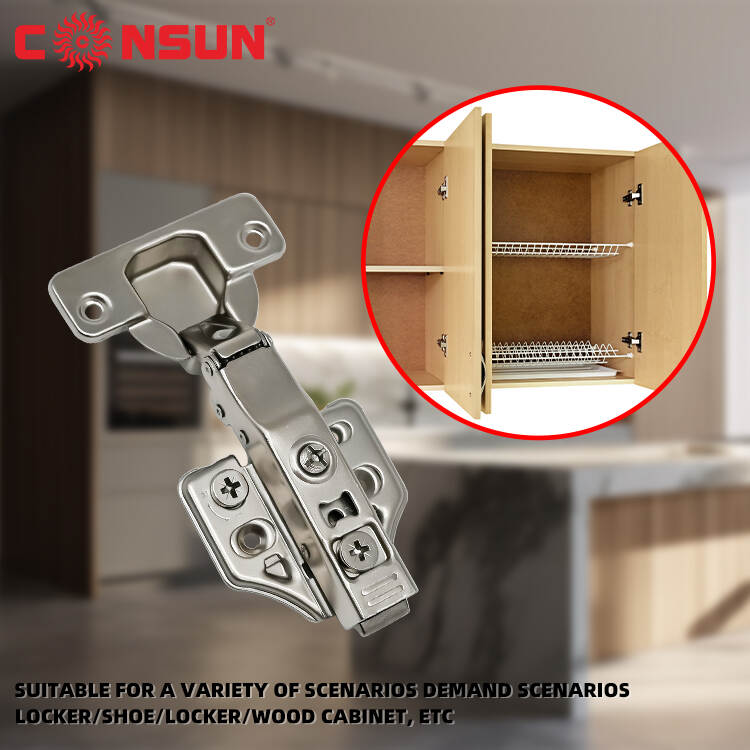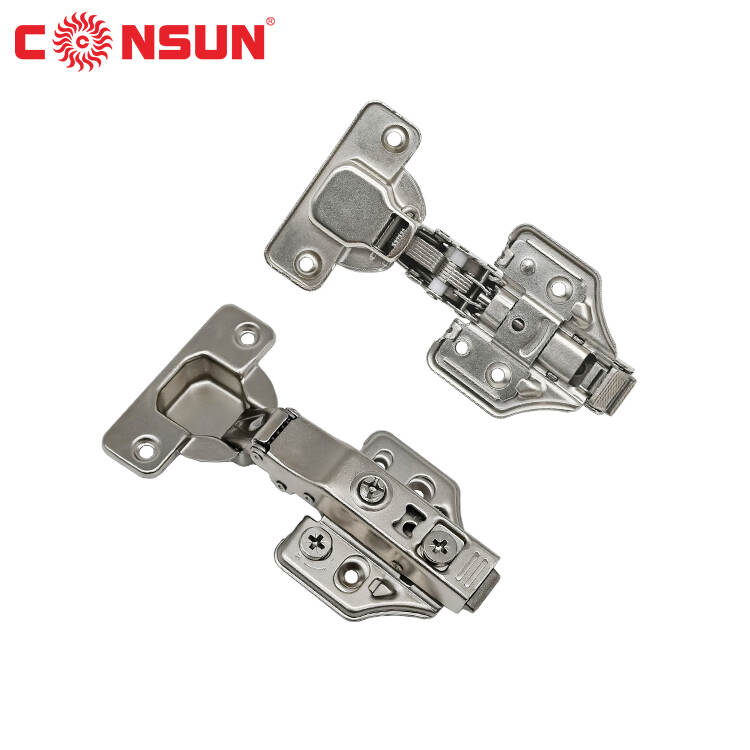Email format error
Email cannot be empty
Email already exists
6-20 characters(letters plus numbers only)
The password is inconsistent
Email format error
Email cannot be empty
Email does not exist
6-20 characters(letters plus numbers only)
The password is inconsistent

News

Adjusting Self-Closing Cabinet Hinges: Tips for Wholesalers
Self-closing cabinet hinges are a staple in modern furniture design, offering convenience and functionality. However, many wholesalers and retailers often face challenges during installation or adjustment, leading to misaligned doors, uneven closing speeds, or even product returns. Properly adjusting self-closing hinges is crucial to ensure customer satisfaction and reduce operational costs. This article provides practical tips for wholesalers on understanding, adjusting, and troubleshooting self-closing cabinet hinges, along with actionable advice to enhance product quality and customer support.
How Self-Closing Cabinet Hinges Work
Self-closing hinges are designed with an internal spring mechanism that automatically pulls the cabinet door shut after it is opened. This mechanism ensures smooth operation and eliminates the need for manual closing, making them ideal for cabinets, drawers, and wardrobes. Their application in furniture design enhances usability, especially in kitchens and bathrooms where hands-free operation is often required.

Step-by-Step Guide to Adjusting Self-Closing Cabinet Hinges
Tools Needed
-
Screwdriver (Phillips or flathead, depending on the hinge type)
-
Measuring tape
-
Level
-
Optional: Adjustment tool (often provided by hinge manufacturers)
Adjustment Steps
-
Identify the Adjustment Screws: Most self-closing hinges have three screws for adjustments: one for height, one for depth, and one for tension.
-
Height Adjustment: Use the vertical screw to align the door with the cabinet frame. Turn the screw clockwise to raise the door or counterclockwise to lower it.
-
Depth Adjustment: The horizontal screw controls how far the door sits from the cabinet. Adjust it to ensure the door closes evenly without gaps.
-
Tension Adjustment: The tension screw regulates the closing speed. Tighten it to increase the closing force or loosen it to slow down the door.
Common Issues and Solutions
1. Misaligned Door Panels
Cause: Improper height or depth adjustment.
Solution: Recheck the alignment using a level and adjust the screws accordingly.
2. Door Closes Too Quickly or Slowly
Cause: Incorrect tension setting.
Solution: Adjust the tension screw to achieve the desired closing speed.
3. Hinge Squeaking or Sticking
Cause: Lack of lubrication or debris in the hinge mechanism.
Solution: Clean the hinge and apply a silicone-based lubricant.
Constructive Advice for Wholesalers
Choosing High-Quality Self-Closing Hinges
-
Brand Recommendations: Opt for reputable brands like Blum, Grass, or Hettich, known for their durability and precision.
-
Quality Standards: Ensure hinges meet industry standards such as BIFMA or EN 15570 for reliability.
Providing Technical Support and After-Sales Service
-
Offer detailed installation guides and video tutorials.
-
Train your team to handle customer queries and provide on-site support if needed.
-
Maintain a stock of spare parts to address common issues quickly.
Conclusion
Adjusting self-closing cabinet hinges is a critical skill for wholesalers and retailers. By understanding the mechanics, following precise adjustment steps, and addressing common issues, you can enhance product performance and customer satisfaction. Investing in high-quality hinges and providing excellent technical support will further solidify your reputation in the industry.
Take the first step toward optimizing your hinge solutions today! For more information or technical assistance, visit our product page or contact our support team at consun@consun-cn.com. Let’s work together to deliver the best experience for your customers.
